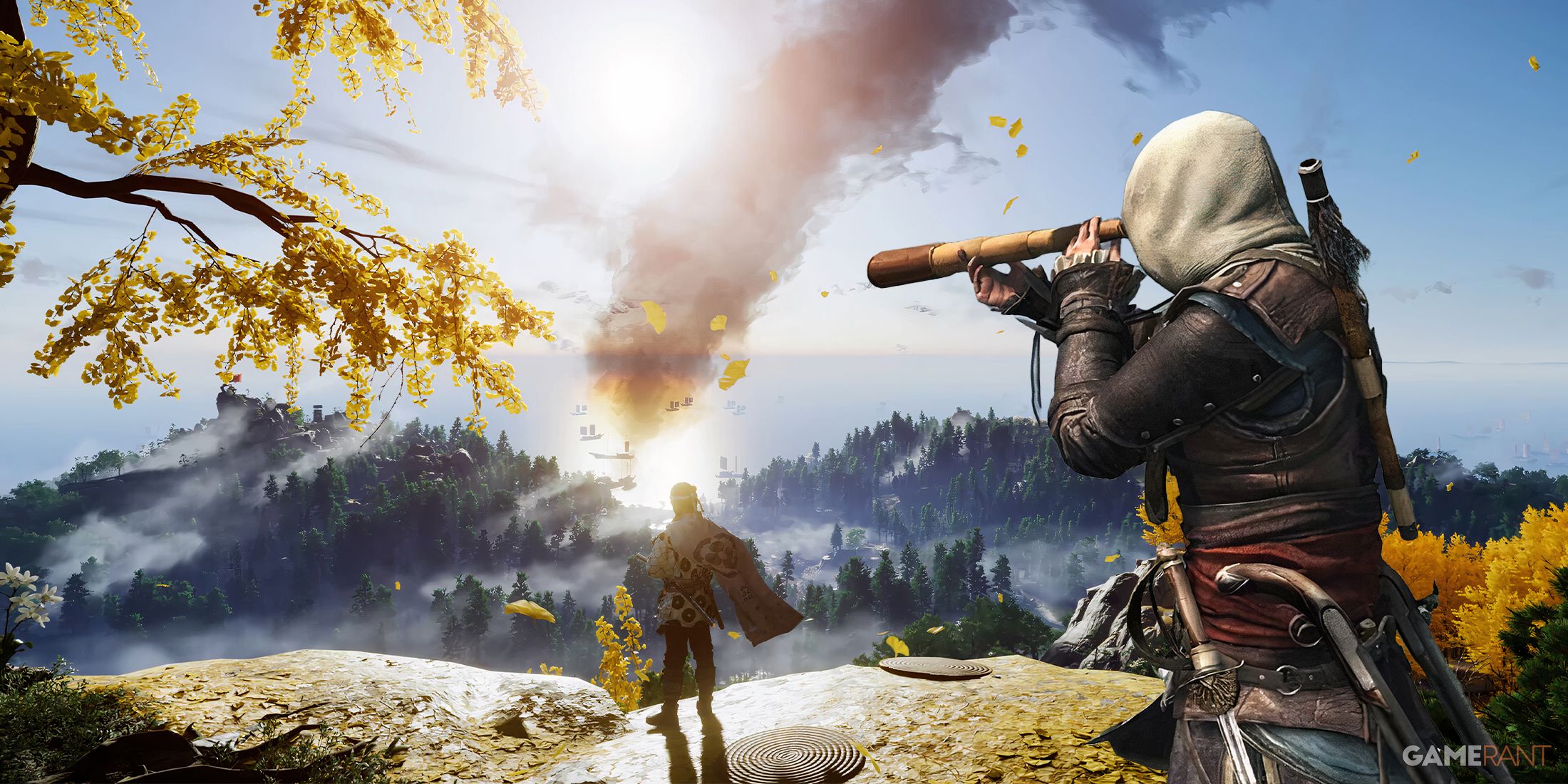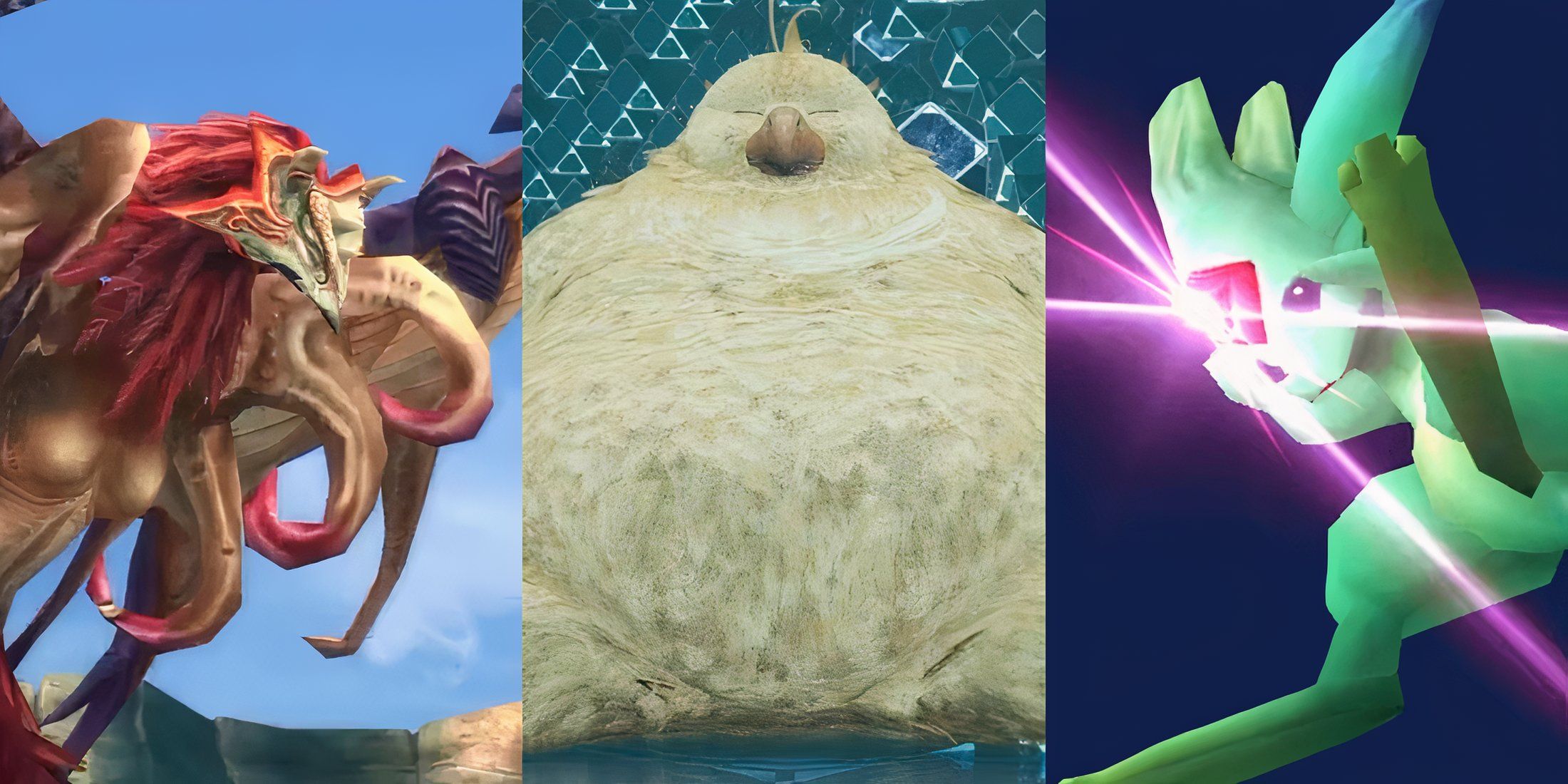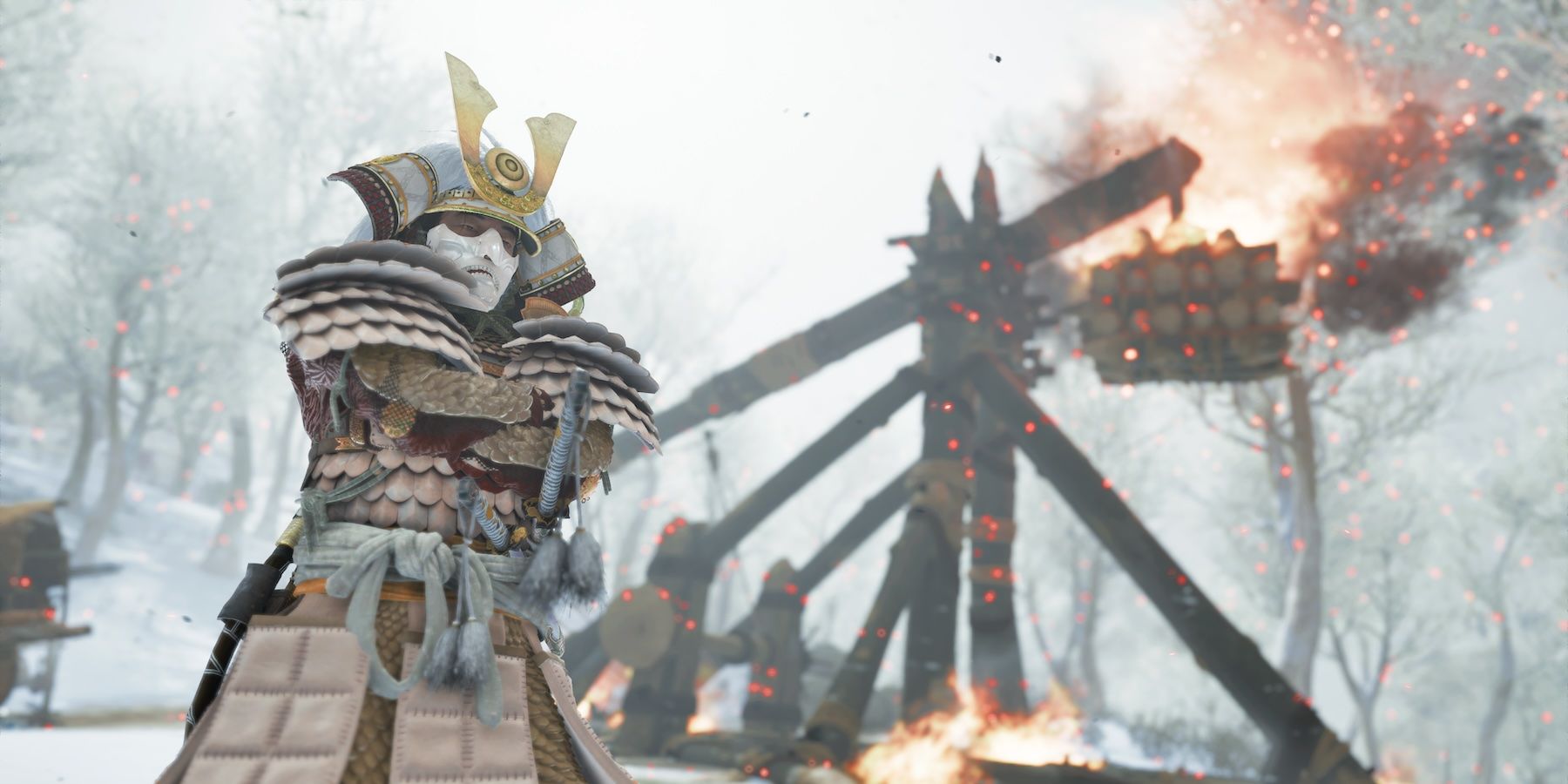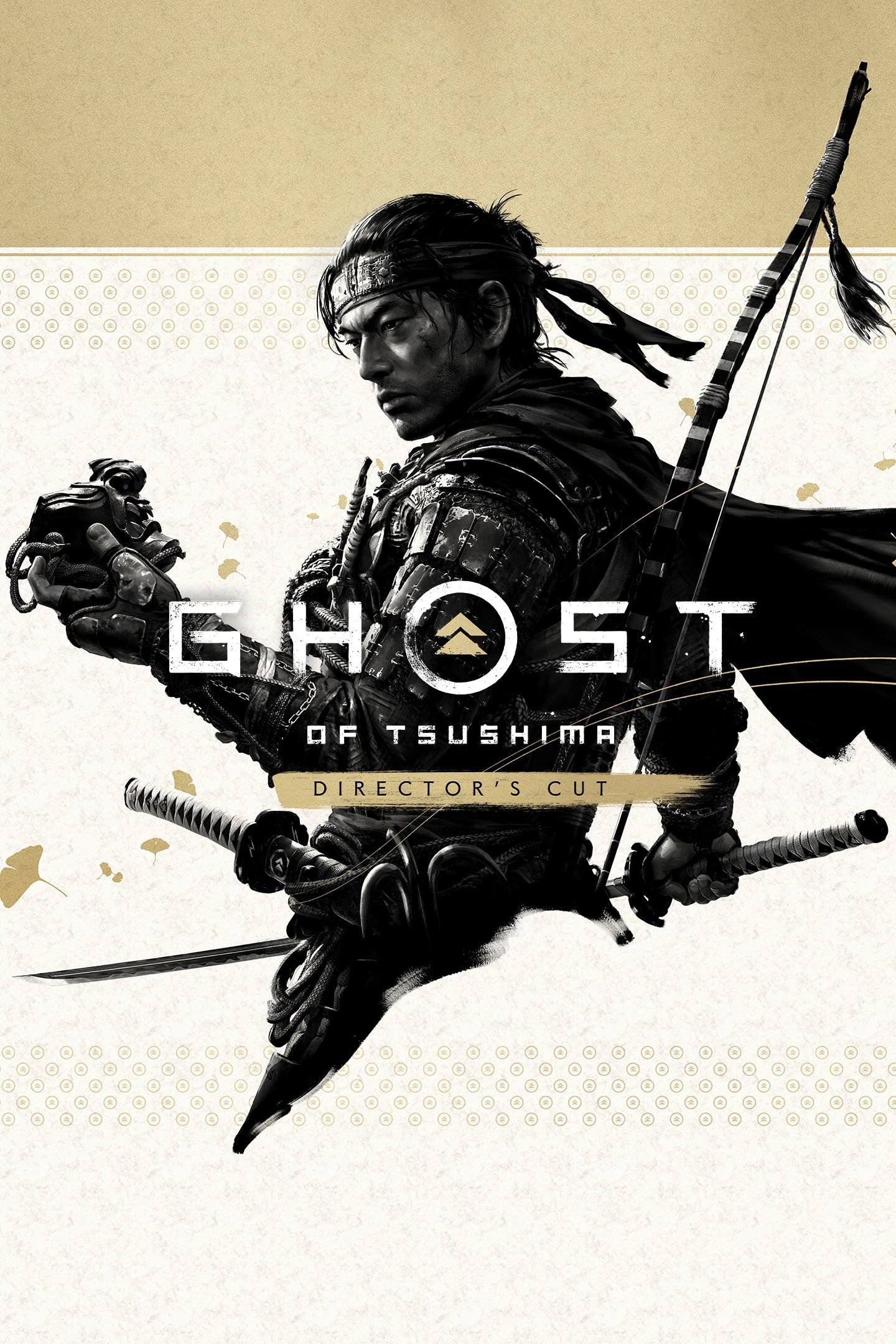Highlights
- Ghost of Tsushima 2 can reinvent navigation mechanics based on Jin's path in the first game.
- Smokestacks in the game lead players to activities and quests, but the sequel might want to focus on alternatives like the guiding wind.
- The next Ghost of Tsushima game should consider abandoning smokestacks and using new cues to guide players.
Ghost of Tsushima follows the story of Jin Sakai as he attempts to protect his homeland against the Mongol invasion. To do this, he has to learn new ways of combat that are vastly different from the ones he was taught growing up. This leaves him contemplating which route is the honorable one.
Ghost of Tsushima's vast open world is full of activities, and some of them can be spotted by following smoke pillars in the distance. This is something the next game will have to reconsider, as it is unrealistic to have constantly lit flames. Fortunately, there are ways around this design element.
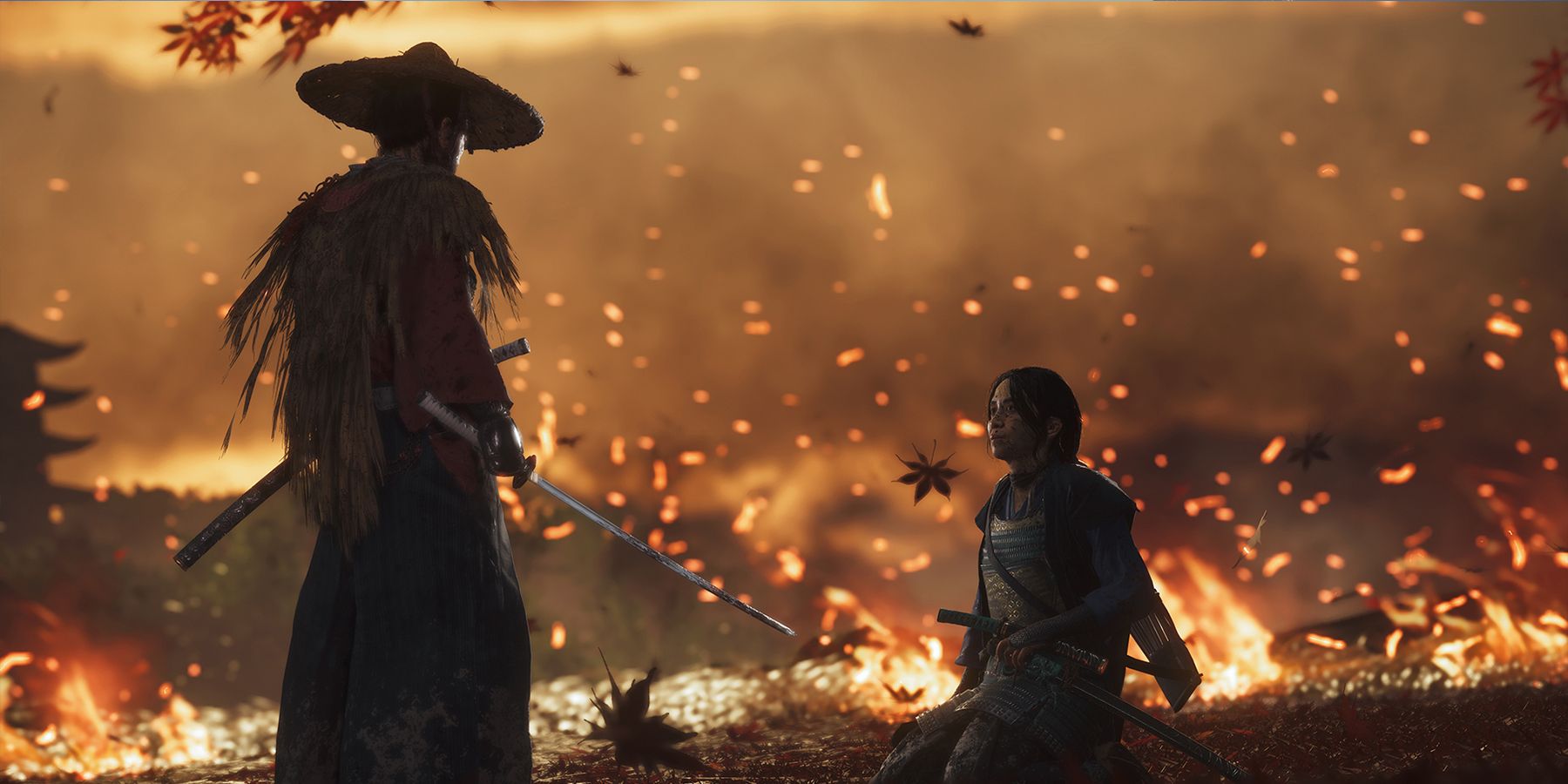
How Ghost of Tsushima 2's Story Can Help Justify Any Changes to Combat Mechanics
Based on the ending of Ghost of Tsushima and Jin's path ahead, Ghost of Tsushima 2 could easily use its narrative to reinvent its combat.
The Smokestacks of Ghost of Tsushima
The island of Tsushima is rendered beautifully in Sucker Punch's game, and hours can be spent just drinking in the colorful scenery. Getting around the map is a breeze thanks to the guiding wind that directs players towards selected locations. There are also golden birds and foxes to follow, as they lead players to interesting locations.
Look around enough, and players will discover smokestacks rising into the sky. Some of them are dark gray while others are white. The large smokestacks let players know a Mongol settlement is nearby, while the smaller ones lead to side quests and smaller camps. Visual cues such as these ensure players don't have to constantly consult the map and can instead use the natural environment to guide them.
Inspiration for the Smokestacks in Ghost of Tsushima
The game was inspired by several Japanese folk tales, as well as many samurai movies. More specifically, Sucker Punch looked to early Chanbara samurai films which often feature smoke, dust, and wind in the background. It was likely hard work to get the environment to react correctly to the wind, but it was worth it, as Ghost of Tsushima has a minimal HUD which increases immersion. However, a sequel should think of new ways to guide players.
Alternatives to the Smokestacks of Ghost of Tsushima
Ghost of Tsushima excels when it comes to leading players to activities and quests. The next game should expand on the guiding wind, as Iki Island did, to lead players to new activities. The wind is an effective way of guiding players as it is barely visible yet still offers a clear sense of direction.
Other senses could also be stimulated through the use of light, audio cues, and controller vibration when players are near new activities. All these changes would ensure the next Ghost of Tsushima game does not feel like a carbon copy of its predecessor. Furthermore, it may be narratively fitting to abandon the smokestacks depending on when and where the next game takes place, as not all enemies and locals will rely heavily on fire. This is relevant if the next game is set in a different time period or location.
When is the Ghost of Tsushima Sequel Coming?
Although there are rumors that a sequel is in the works, Sucker Punch has yet to confirm anything. However, it is unlikely that the studio will abandon an IP that launched with such great success. Until more information is released, fans can look forward to the film adaptation which is in production. The Ghost of Tsushima movie will be directed by Chad Stahelski, with Sucker Punch serving as executive producer.
Ghost of Tsushima is an eye-wateringly gorgeous game with a photo mode that allows players to capture the beauty of Tsushima in the best ways possible. There's no such thing as getting lost when there's always something new to do around the corner, though the activities do get monotonous after a few dozen hours. The smokestacks are a good way of directing players, but the sequel should shake things up and offer new ways of leading players to new quests.

